tppeake

Tracking the Protein Patrollers
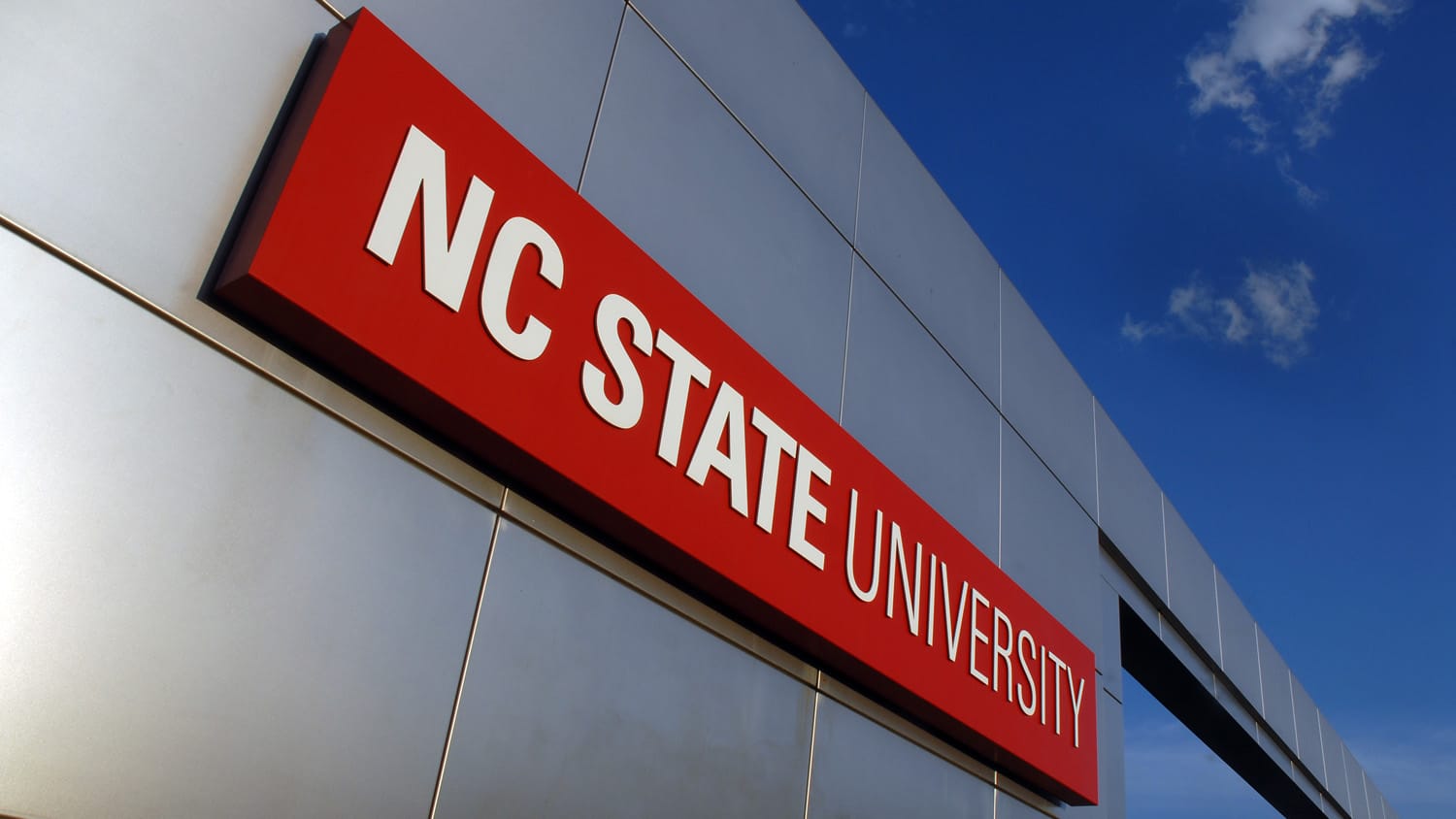
Hybrid Digital-Analog Circuits Can Increase Computational Power of Chaos-Based Systems

NC State Researchers Predict ‘Normal’ 2017 Hurricane Season for East Coast
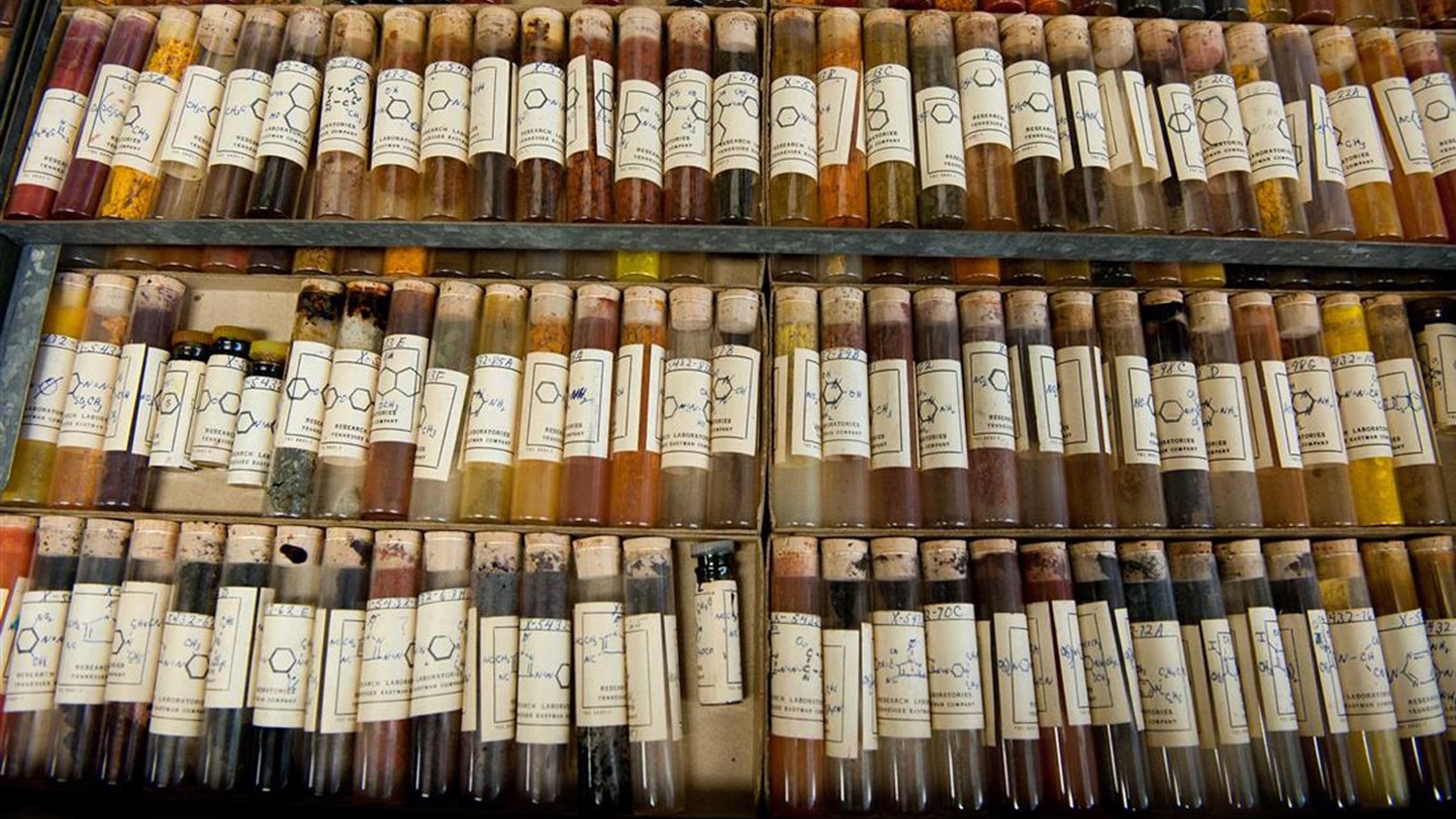
Researchers Release First Chemical Map of Dyes From Historic Dye Library

Nonequilibrium Physics Explained: 5 Questions With Lex Kemper
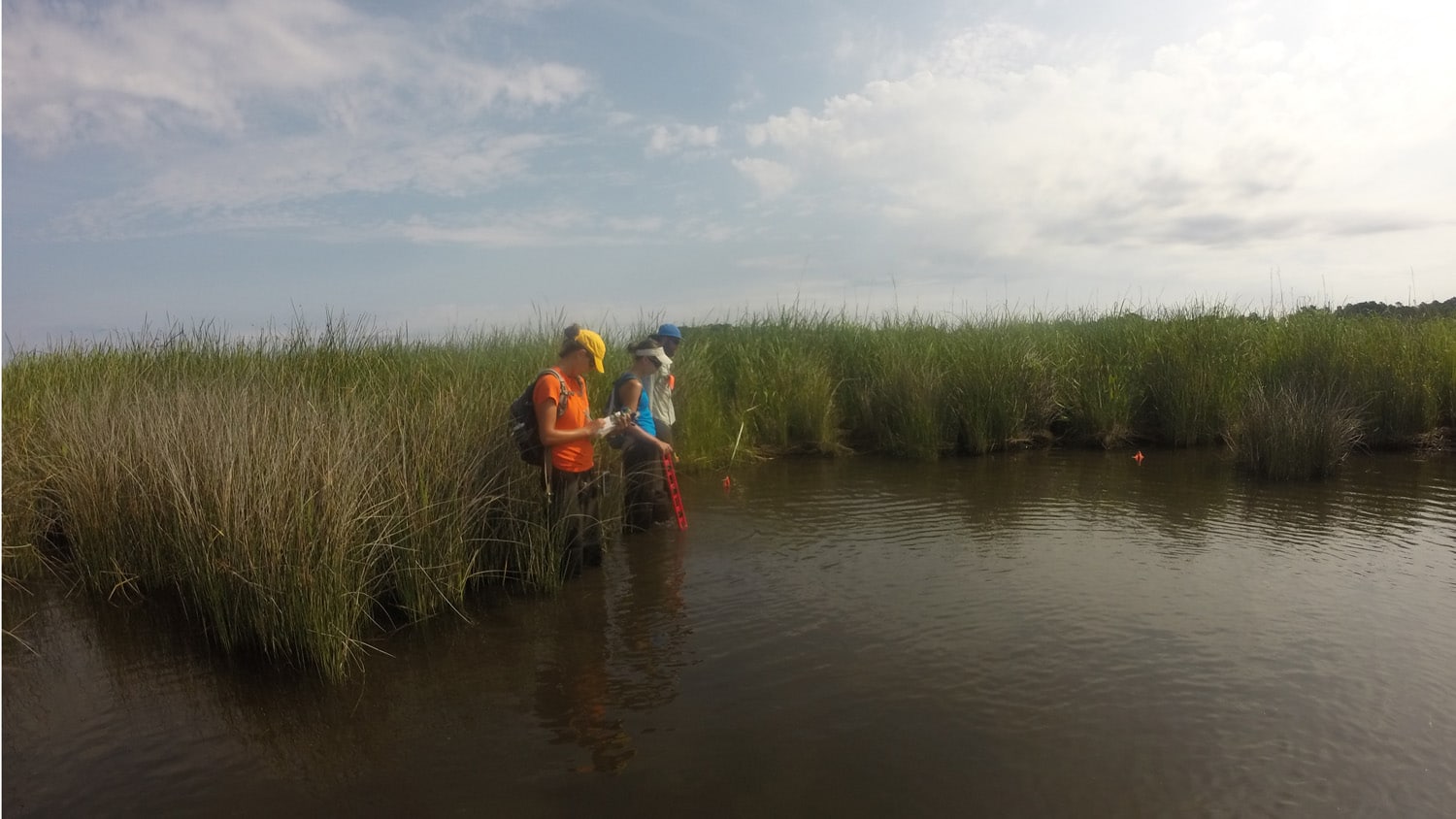
Invasive and Native Marsh Grasses May Provide Similar Benefits to Protected Wetlands
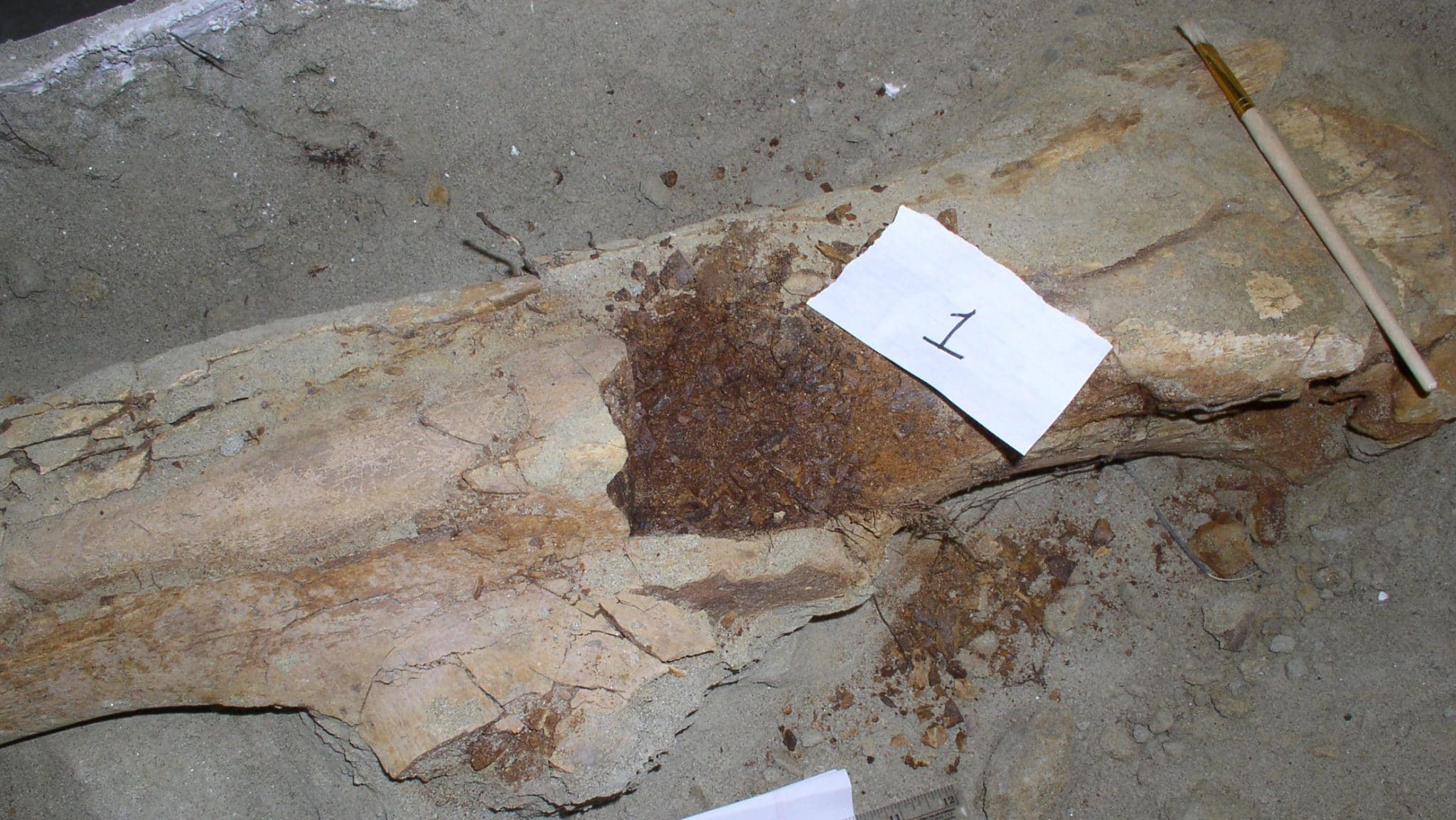
80-Million-Year-Old Dinosaur Collagen Confirmed

Untangling Complex Interactions – With Lasers
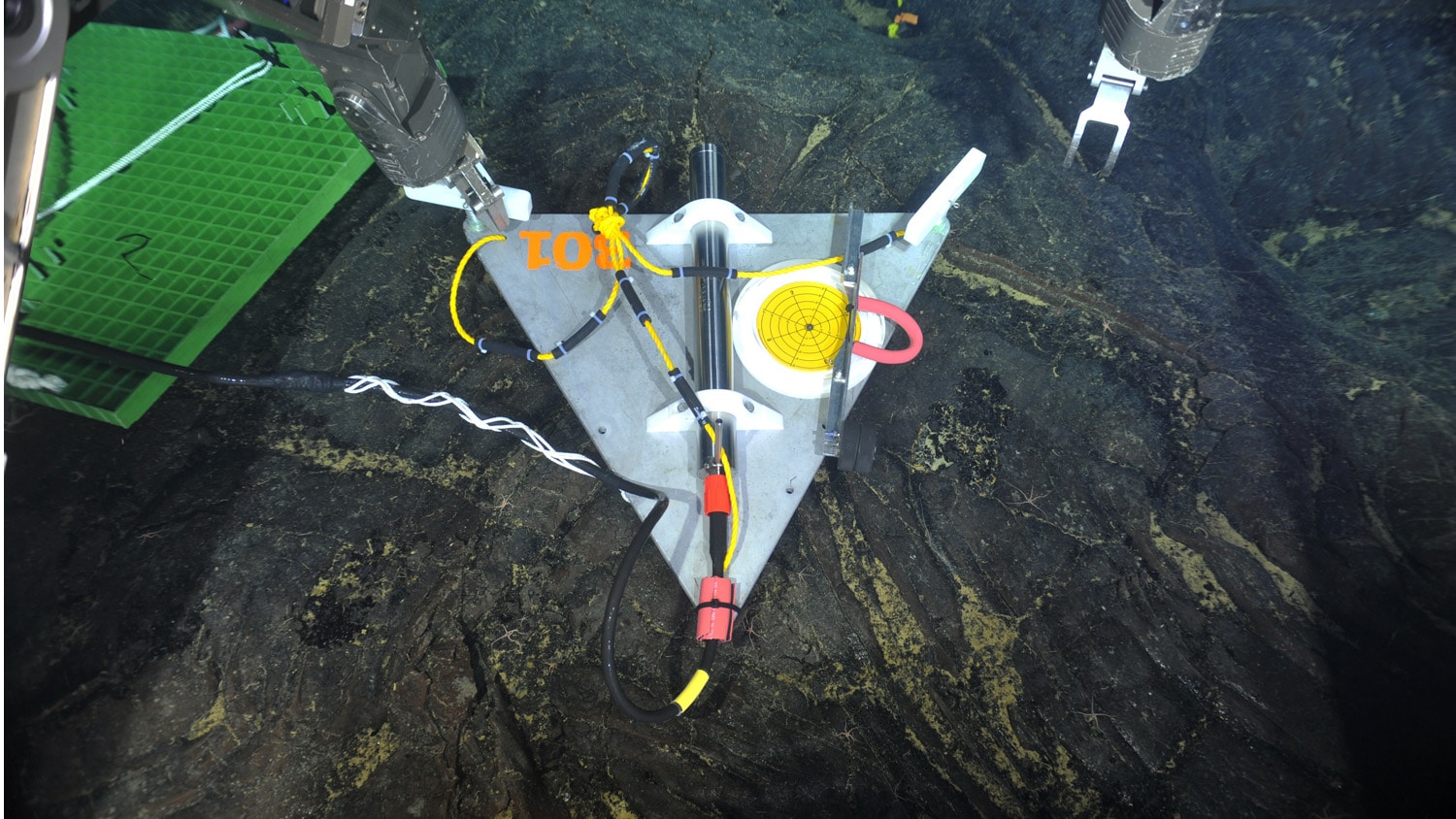
Listening for Lava
